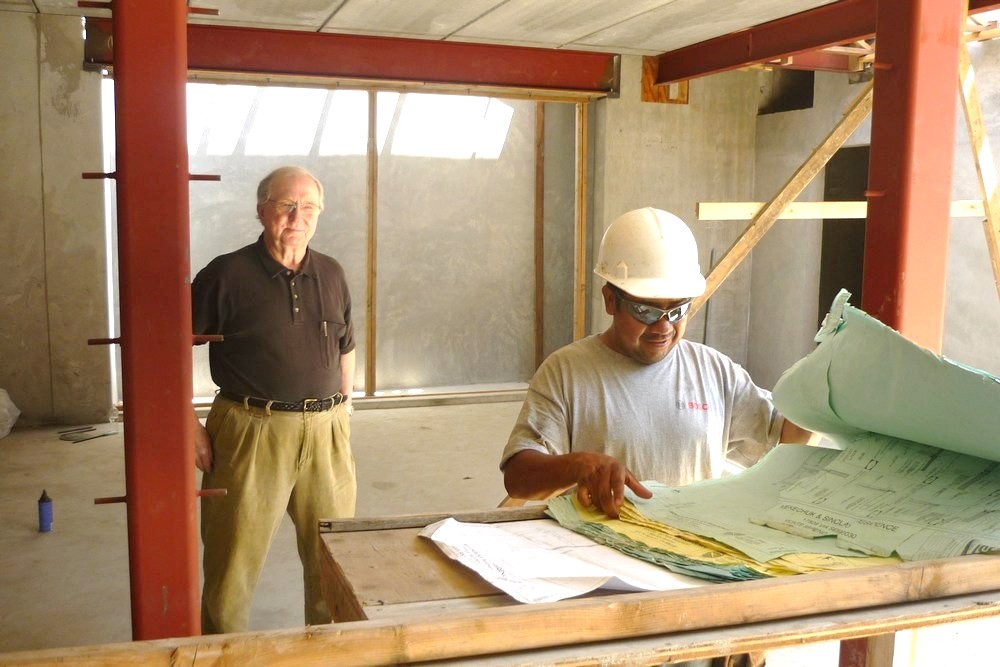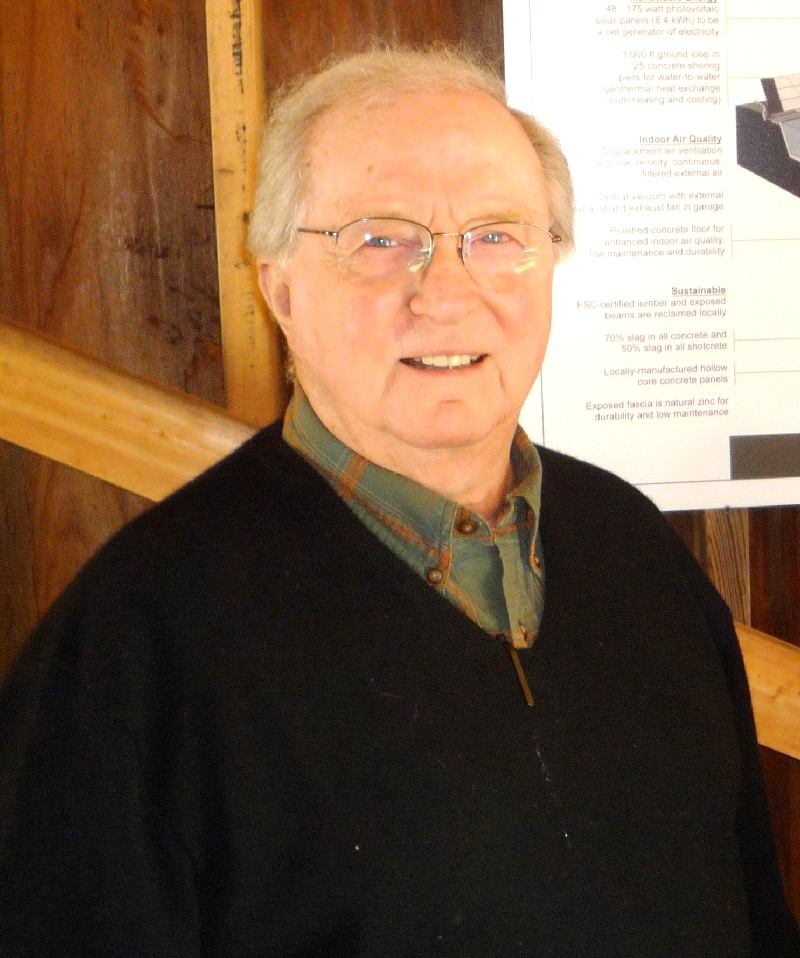
The Eichler World Loses a Pioneering Fan
 |
|
|
Jerry Ditto, who helped inspire the resurgence of interest in Eichler homes and mid-century modern design in general, has passed away.
Among the first real estate brokers to focus on Eichlers and the author of the first book about Eichler, ‘Design for Living: Eichler Homes,’ published in 1995, Ditto helped create what he called “the Eichler phenomenon,” the burst of renewed interest in Eichlers and in modern design that began gathering steam in the mid-1990s.
Real estate was a third career for Ditto, who got into the field more because of his passion for Eichler homes and modern design than to put food on the table, says Mark Easterday, who considered Ditto “kind of a mentor” and who now runs Ditto’s former firm, Eichler Homes Realty.
“He didn’t need to do it to pay his mortgage. It was a passion for him,” Easterday says.
 |
|
|
Ditto, a tall, easygoing man, began publishing the first Eichler newsletter, 'Eichler Insights,' in 1993. An adjunct to his real estate business, it reported on the market for Eichlers and included interviews with homeowners and short articles on historical and maintenance issues.
Coincidentally, the Eichler Network, which publishes CA-Modern, got started with its own newsletter just a few months later.
“1993 was the Dark Ages,” says Marty Arbunich, publisher of CA-Modern and director of the Eichler Network. “There was no information out there about Eichlers. There were no resources at all. Homeowners were starving for somebody to give them some attention. I would say that 40 percent of people living in Eichlers back then hated them. That all changed in the coming years, of course.”
“When that book came out, it was amazing,” Arbunich says of ‘Design for Living.’ “I sold hundreds of copies, hundreds. It was so well received. Jerry really hit a nerve with what he was doing.”
Ditto, who was suffering from melanoma, died November 11, a month before his 80th birthday. No public announcement was made until now. Ditto is survived by his wife Sallie, son Kevin and daughter Kelley, and grandchildren Garrin and Carlee.
Ditto, who was born in Blackwell, Oklahoma in 1933, majored in marketing at the University of Minnesota, where he met his future wife. He was already interested in modern architecture and design, she recalls.
“One of the first things he bought, it was just a print, of course, was the ‘Three Musicians’ by Picasso,” she says.
Ditto served as a Navy pilot from 1956 to 1960, flying out of Moffett Field near Mountain View to India and Hawaii, among other locales, for the Military Air Transport Service. It was at Moffett that he discovered Eichlers.
“He would fly over them landing at Moffett,” Easterday says. “He would say [to Sallie], ‘Honey, we’re going to buy one of those Eichlers some day.’ ”
The Dittos watched as a neighborhood of Eichlers were built in Sunnyvale. “We both fell in love with those,” Sallie recalls. They later bought one.
After the Navy, which he left as a lieutenant (junior grade), Jerry Ditto worked in pharmaceutical sales for a company that made contact lens solution, working in the South Bay and Denver and serving as a vice president. He got his real estate license after retiring.
 |
|
|
“Jerry’s not the kind of person who would ever retire,” Sallie says. “He decided he would concentrate strictly on Eichlers. It was now time to do more fun-type things.”
One of Jerry’s clients, who like many became a friend, says Ditto’s enthusiasm and knowledge inspired him, and that Ditto helped during a remodel of his Monte Sereno Eichler. “He was always friendly, he always had a smile on his face, and he always remembered people,” Bryan Mekechuk says.
The Dittos later moved from their Eichler to a modern home in Saratoga that had more land to accommodate Sallie’s pursuit of raising and showing dogs, including a champion wolfhound. Jerry, she recalls, “went along with the whole thing. He just loved the wolfhounds.”
“He was a very easygoing, mellow guy. Very rarely did he ever get angry,” she says. “Everybody liked him even after meeting him for just a short period.”
Jerry’s favored pursuits “centered on contemporary things, art, going to art exhibits,” she says.
“He had an innate sense of design and good taste,” Sallie says. “I would put something down. He would pick it up and put it in a different position, and it would always look different and better.”
In ‘Design for Living’ Ditto quoted Joe Eichler, who described how the homes he built “went beyond” those of his competitors because of “the architect’s skill in designing details, his blend of materials, and proper proportions, and above all the exercise of good taste. In short, we produce a work of art that has gained international reputation.”
Ditto concluded: “We believe our efforts to capture some of that art would be to Mr. Eichler’s liking.”
- ‹ previous
- 564 of 677
- next ›



